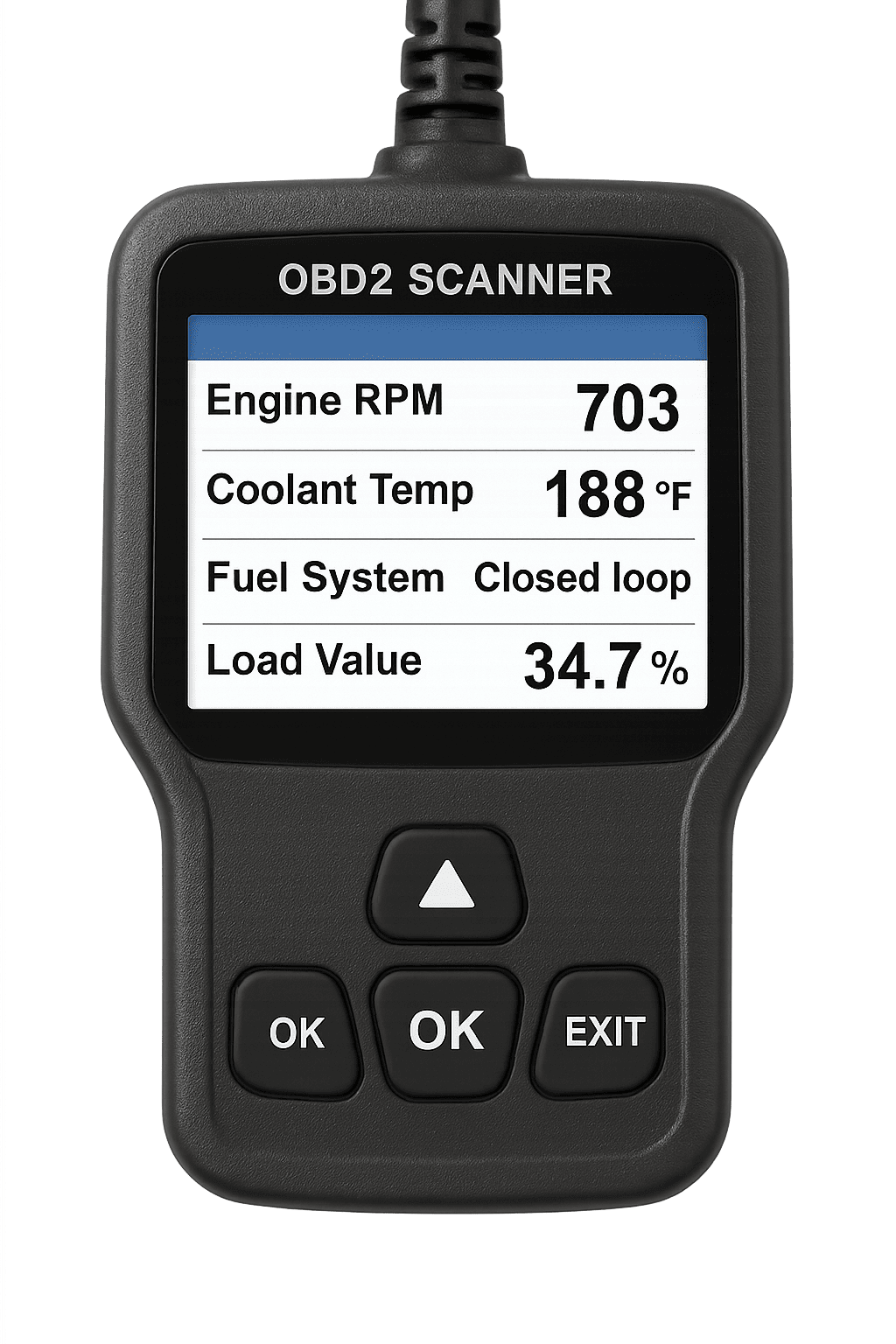Table of Contents
Home » What Features Should a Good OBD2 Error Scanner Have?
Introduction
As vehicles become increasingly complex, it is more important than ever to have a reliable and accurate On-Board Diagnostics (OBD) scanner to diagnose and fix any issues that arise. But with so many different OBD2 scanners on the market, how do you know which one to choose? In this article, we will discuss the essential features that a good OBD2 error scanner should have to make sure you make an informed decision.
Features to look for in an OBD 2 Scanner
Compatibility
The first and most important feature that any OBD2 scanner should have is compatibility. Ensure that the scanner you choose is compatible with your vehicle’s make, model, and year. Most OBD2 scanners are compatible with any car made after 1996, but it is always best to double-check the compatibility before purchasing.
Diagnostic Functions
The next feature to look for in an OBD2 scanner is its range of diagnostic functions. A good scanner should be able to read and clear diagnostic trouble codes (DTCs), display freeze frame data, and retrieve live data streams. Additionally, it should be able to display the status of the vehicle’s monitors and provide emissions readiness status.
Ease of Use
A good OBD2 scanner should also be easy to use. It should have a simple interface and clear instructions that are easy to understand. Additionally, it should be easy to connect to your vehicle’s OBD2 port and should have a long cable to allow you to move around the vehicle freely while scanning.
Data Recording
An OBD2 scanner that can record and store data is also a useful feature to have. This feature can be helpful if you are trying to diagnose an intermittent issue that only occurs while driving. With data recording, you can capture and analyze the data after the fact, rather than having to diagnose the issue while it is happening.
Wireless Connectivity
Many modern OBD2 scanners also offer wireless connectivity. This feature allows you to connect the scanner to your smartphone or tablet via Bluetooth or Wi-Fi, allowing you to view and analyze data on a larger screen. Additionally, some scanners can connect to a cloud-based database to access vehicle-specific repair information.
Graphical Display
A graphical display is another essential feature that should not be overlooked. This feature provides users with a visual representation of the data that is being collected, making it easier to identify trends and patterns. Some scanners also come with customizable displays, allowing users to adjust the layout to suit their needs.
Compatibility with Third-Party Software
Some OBD2 scanners offer compatibility with third-party software, which can be helpful for advanced users who want to analyze data in more detail. This feature allows users to export data to a computer and use specialized software to perform more in-depth analysis.
Advanced Functions
While basic diagnostic functions are sufficient for most users, advanced functions can be helpful for those who need to perform more specialized tasks. Some scanners offer functions such as ABS and airbag diagnostics, EVAP system testing, and battery monitoring, among others.
Durability
Finally, choosing an OBD2 scanner that is durable and built to last is important. Look for a scanner with a sturdy casing that is resistant to impact and damage from everyday use. Also, choose a scanner with a warranty to protect your investment.
Conclusion
In conclusion, a good OBD2 scanner should have the essential features such as compatibility, diagnostic functions, ease of use, data recording, wireless connectivity, and durability. With these features, you can diagnose and fix any issues that arise with your vehicle quickly and easily. Keep in mind that when shopping for an OBD2 scanner, it is always best to do your research and choose a scanner from a reputable brand to ensure that you get a high-quality product that will last for years.


